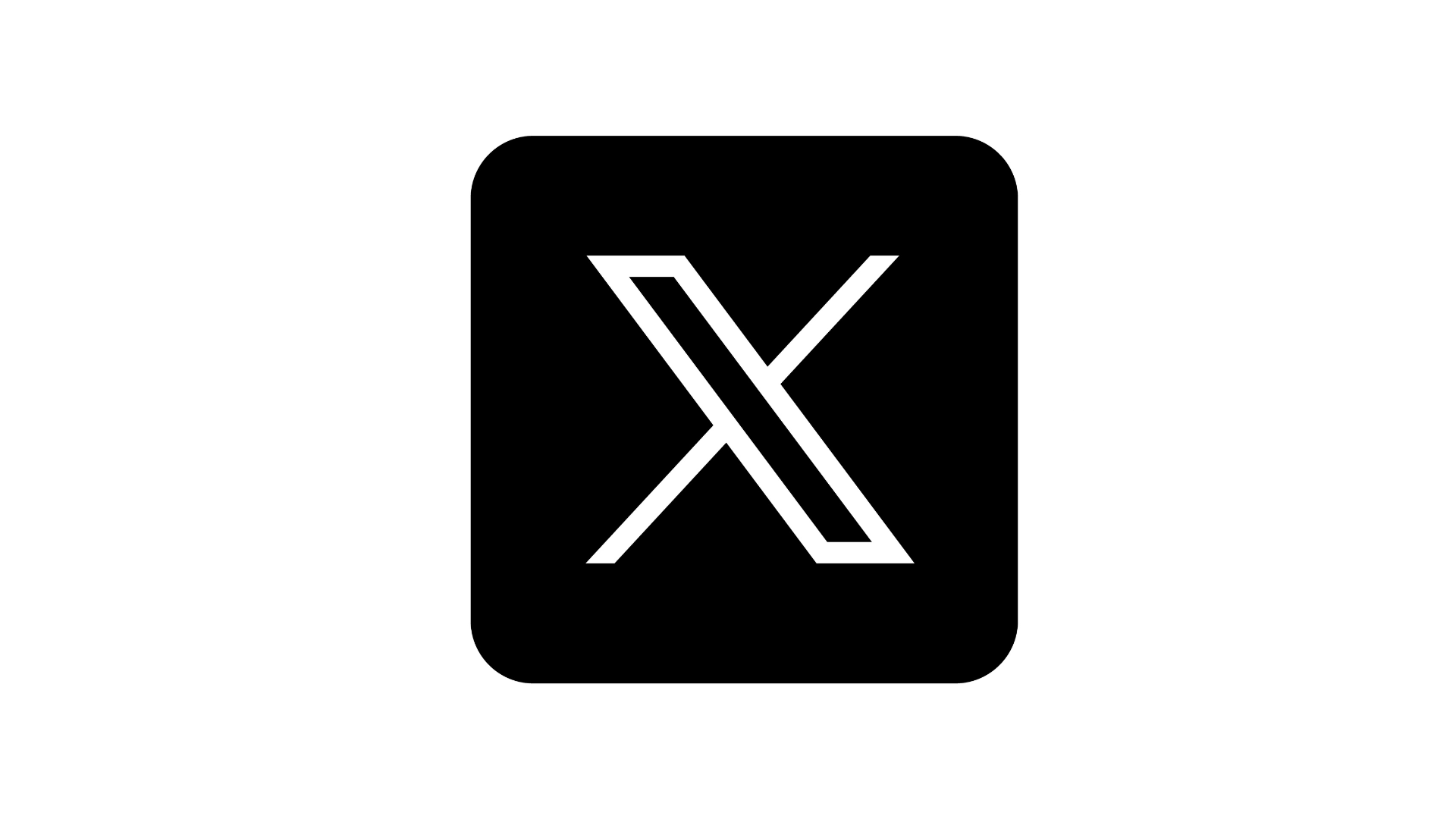The Schema of Subjugation
In the philosophy of The Liberation Place, we see our schemas not as diagnoses or labels, but as stories that we carry in our system. Stories that are formed through our early unmet needs, shaped by the environments we were raised in, and then repeated through the behaviors we adopt to survive. One of the most painful and limiting of these personal stories is the Schema of Subjugation. It tells us that our needs, our feelings, our preferences, and our beliefs are dangerous to express, and that the safest thing to do is to keep silent, to comply with what others want, and hide our sense of Self. This is not about kindness or humility, it’s about fear. Even though at times subjugation might look like selflessness on the outside, its roots are much deeper and darker. To free ourselves from its grip, we must understand where it comes from, how it impacts our lives, and how we can use the skills of DBT and the guiding light of values and beliefs to respond differently
“The Schema of Subjugation plays out in subtle but usually destructive ways. We often gravitate towards relationships where our needs are consistently unmet due to a comfortable feeling of familiarity.”
~Steven Morris RP
The origins of this schema are almost always relational. Many of us grew up in households or around important people, where love was believed to be conditional. Maybe we had primary caregivers who were controlling, unpredictable, narcissistic, or emotionally immature. These were adults who may have responded to our needs with anger, guilt-tripping, or manipulation. Some of us were praised only when we were “good,” quiet, or helpful. Others were punished for emotional expression or told that we were selfish for wanting autonomy. In environments like this, we learned to adapt. We learned to read the room, to stay small, and to avoid triggering other people. Over time, our story of subjugation becomes part of our personality map. We forget that we once had a voice, and we actually begin to believe that we never deserved one in the first place.
For me personally, the schema of subjugation was never the dominant force that was shaping my behaviour. At the same time, that doesn't mean it Didn't leave a mark. I learned very early on in life to silence certain needs, and definitely certain opinions. This wasn't because I believed I didn't matter, but often because it just felt easier to avoid any type of conflict, or particularly, any type of disapproval. Overtime, these quiet compromises turned into quiet stories. Things like, “don't rock the boat,” “it's not worth the fight,” and “just shut up and keep the peace” became regular internal experiences.
“This wasn't because I believed that I didn't matter, or I wasn’t important in any way. It was often because it just felt easier to avoid any type of conflict, or particularly, any type of personal disapproval.”
~Steven Morris RP.
And while these weren’t loud life defining stories, they lingered in the background, adding to the way I showed up in relationships, and defining how much of my Self I felt it was ok for me to express. When combined with the more dominant stories connected to my Schemas of Defectiveness, Failure, Social Isolation, and Abandonment, this would send my internal world into a state of chaos that felt like a kind of pressure cooker. Emotions and feelings that were simmering at a low boiling point underneath the surface, waiting to explode at any moment, and usually playing out in the activation of my Angry Child. That part of my personality that would protect me from vulnerability by screaming for attention in a desperate attempt to be heard and understood.
The Schema of Subjugation Worksheet
Follow us on Social Media




